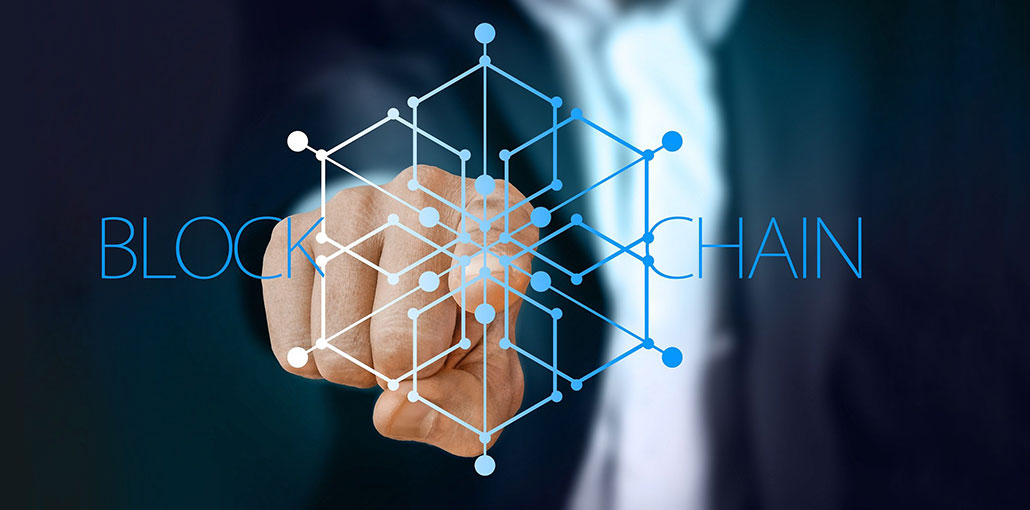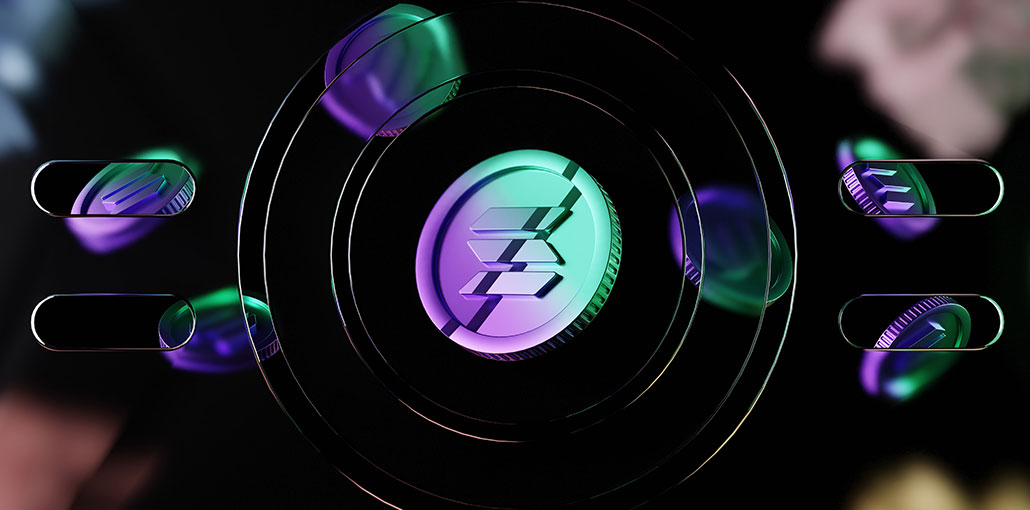The paper entitled Bitcoin: A Peer-to-Peer Electronic Money System by Satoshi Nakamoto in 2008 announced Blockchain technology. It was an innovative combination of public-key cryptography (invented during the 1970s), cryptographic hash functions (born in the 1970s) as well as proof-of-work (invented during the 1990s).
Many derivate and Blockchain-inspired projects were created over the past few years. Many of these projects are distributed ledger systems and not blockchains.
Let’s decode how to create a blockchain in eight steps. This article uses the terms blockchain, distributed ledger system interchangeably for simplicity.
Step 1: Identify a Suitable Use-case
Blockchain is gaining a lot of attention. Blockchains are touted as a way to end hunger worldwide, eradicate corruption, eradicate poverty, and much more. This is false. Step 1 is to find a business use case.
Blockchains are able to do 3 things very well:
Data authentication & verification: This includes immutable storage and digital signatures. The blockchain can store data in any format. Blockchains can be used to create public-private keys pairs, as well as for verifying and generating digital signatures.
Smart Asset Management: This includes issuance, payment, and exchange as well as escrow and retirement. A smart/crypto asset is a tokenized version of real-world assets, e.g. Gold, silver, oil, and land.
Smart contracts: This term is often misunderstood. But that’s another topic.
Step 2: Identify the Most Suitable Consensus Mechanism
The original blockchain that powered the bitcoin crypto-currency used proof of work to establish consensus. Today, there are many distributed ledger systems available that offer multiple consensus mechanisms, such as Proof-of-stake, Byzantine fault tolerance, Deposit-based consensus, and Federated Byzantine Agreement. Proof of Elapsed Time is also offered, Derived PBFT. Redundant Byzantine fault tolerance. Simplified Byzantine blame tolerance. Federated consensus. Round Robin. Delegated proof of stake.
You need to decide which consensus mechanism makes the most sense for your particular use case.
Also read: How Blockchain Can Help Your Business Enterprises and Improve Competitive Advantage
Step 3: Identify the Most Suitable Platform
There are many different blockchain platforms available today, and most are open-source and free. You will need to choose the best blockchain platform based on the consensus mechanism that you selected in step 2.
These are some of the most popular platforms in alphabetical order:
1. BigChainDB
2. Chain Core
3. Corda
4. Credits
5. Domus Tower Blockchain
6. Elements Blockchain Platform
7. Eris:db
8. Ethereum
9. HydraChain
10. Hyperledger Fabric
11. Hyperledger Iroha
12. Hyperledger Sawtooth Lake
13. Multichain
14. Openchain
15. Quorum
16. Stellar
17. Symbiont Assembly
Step 4: Designing the Nodes
You can permit blockchain solutions (e.g. A Government-run land registry), or permissionless (e.g. Bitcoin, where anyone can mine it). Blockchain solutions can be either private (e.g. A contract management system that is implemented in a pharmaceutical firm), or public (e.g. An asset-backed cryptocurrency) or hybrid (e.g. A group of banks that runs a common KYC platform).
Consider whether nodes will be running on the cloud, on-premises, or both. Next comes hardware configuration issues such as processors, memory, and disk size. Also, you need to choose the base operating system (usually Ubuntu, CentOS or Debian, Fedora Red Hat, Red Hat, Fedora, Fedora, Red Hat, Red Hat, or Windows).
Step 5: Design the Blockchain Instance
The following elements are required for most blockchain platforms:
1. Permissions
2. Asset issuance
3. Asset re-issuance
4. Atomic exchanges
5. Key management
6. Multi signatures
7. Parameters
8. Native assets
9. Address formats
10. Key formats
11. Block signatures
12. Hand-shaking
While some parameters can be modified at run-time, others cannot. here is the reason why it is so important.
Also read: 10 Best Helpful Tools for Blockchain Development in 2021
Step 6: Building the APIs
While some blockchain platforms include pre-made APIs, others don’t. These are the main categories of APIs you will need:
- Generate key pairs and addresses
- Audit related functions
- Digital signatures and hashes authenticate data
- Data retrieval and data manipulation
- Smart-asset management – issuance, payment, and exchange.
- Smart contracts
Step 7: Design the User Interface
You will need to choose the front end and programming language (Like HTML5, CSS, PHP, C#, Java, Javascript, Python, Ruby, Golang, Solidity, Angular JS Nodejs) External databases, such as MySQL and MongoDB, will also be required. MySQL, MongoDB, and servers (including Web servers. FTP servers. Mail servers).
Step 8: Adding Future Tech
You can increase the power of your Blockchain solutions greatly by integrating Artificial Intelligence and Biometrics, Bots. Cloud, Cognitive services. Containers. Data Analytics. Internet of Things. Machine Learning.










Leave a comment